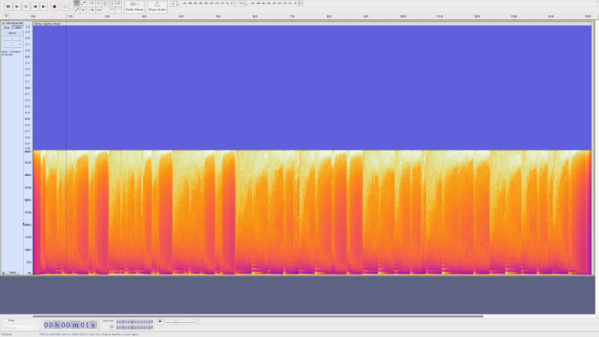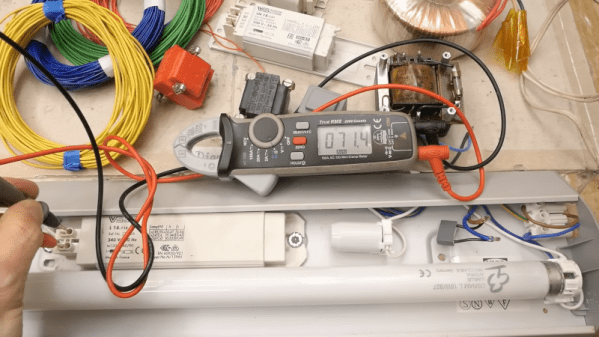[Electrosync] is the creator and driver of the world’s fastest robotic vaccum cleaner, the Vroomba. It’s a heavily modified roomba capable of speeds of around 60 kph, well beyond the pedaling speed of most bicyclists. Despite being rejected by Guinness for a world record, we’re fairly confident that no other vacuum cleaners have gotten up to these speeds since the Vroomba first hit the streets. That’s not going to stop [electrosync] from trying to top his own record, though, and he’s brought the Vroomba some much needed upgrades.
The first, and perhaps most important, upgrades are to some of the structural components and wheels. The robot is much heavier than comparable RC vehicles and is under much greater strain than typical parts are meant to endure, so he’s 3D printed some parts of the chassis and some new wheels using a nylon-carbon fiber filament for improved strength. The wheels get a custom polyurethane coating similar to last time.

















